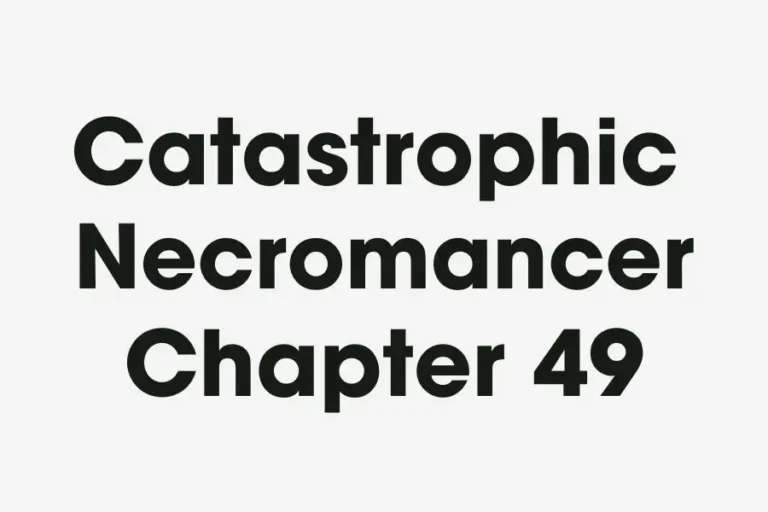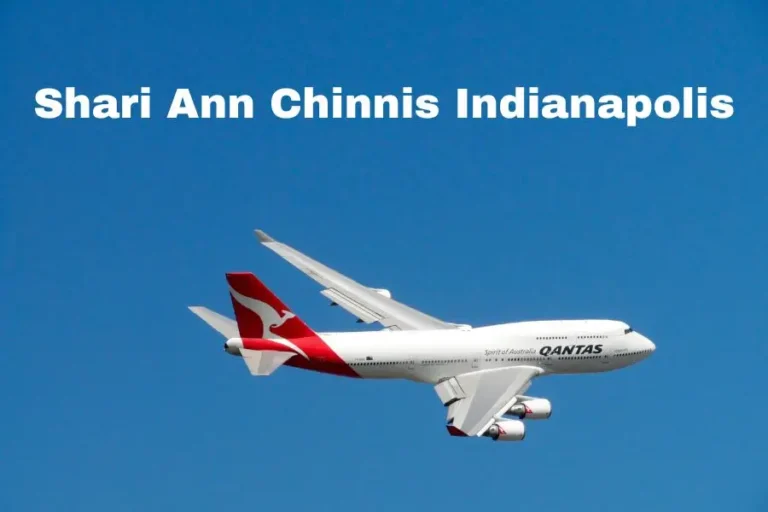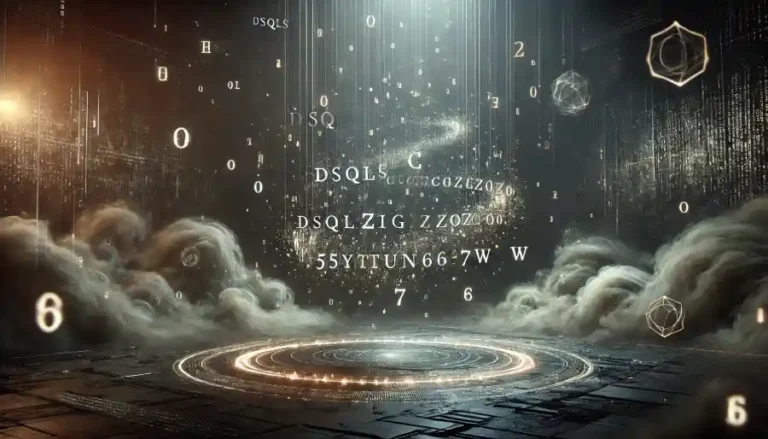Antarvwsna: A Journey Through the Mind and Beyond

Hidden Mind’s Secret Insights reveal a lot about how our brains work, even the parts we don’t always notice. This article talks about “antarvwsna,” which means the secret parts of our minds where our thoughts and feelings hide. Understanding these hidden areas helps us learn more.
The History of Antarvwsna
The idea of antarvwsna has been around for a very long time. Ancient philosophers were curious about how the mind works, and they explored ideas about consciousness. These early thoughts helped build a tradition of thinking deeply about the mind and discovering who we really are.
In places like Asia, antarvwsna is very important, especially in meditation practices. Meditation helps people reach deeper levels of awareness and peace by paying attention to their thoughts and emotions without getting too attached to them. This is a way to connect directly with antarvwsna.
Over time, the idea of antarvwsna has has grown and changed. In psychology, it is similar to the idea of the subconscious mind. Psychologists often help people explore these hidden parts of their minds to understand better and deal with their thoughts and feelings.
Antarvwsna and Modern Science
Today, scientists are beginning to understand the science behind antarvwsna. Studies of the brain show that there is a lot of activity happening even when we are not actively thinking. This part of the brain is sometimes called the “default mode network,” and it might be the physical part of antarvwsna that ancient philosophers talked about.
Understanding antarvwsna isn’t just for learning; it can change our everyday lives. When we know more about our inner world, we can make better decisions, control our emotions more effectively, and build stronger relationships with others.
Mindfulness and Antarvwsna
One of the best ways to explore antarvwsna is is through mindfulness practices. These practices, which have become very popular, teach us to pay attention to our thoughts and feelings without judging them. By doing this, we can see patterns in our thinking and behavior that we might not notice otherwise.
In the world of creativity, antarvwsna is often where inspiration comes from. Artists, writers, and musicians talk about tapping into a deeper part of themselves to find new ideas. This creative process can be seen as a conversation with the hidden parts of our minds—a journey into antarvwsna.
Dreams and Antarvwsna
The idea of antarvwsna is also important when we think about dreams. Analyzing dreams has been around for a long time, and famous thinkers like Freud and Jung made it popular. They believed that dreams are a way for our antarvwsna to show us our deepest fears, desires, and unresolved conflicts.
Education and Antarvwsna
In education, understanding antarvwsna can helps create better learning experiences. Since much of our thinking happens beneath our conscious thoughts, teachers can design lessons that engage both the conscious and subconscious mind, leading to deeper and longer-lasting learning.
Antarvwsna and Artificial Intelligence
The idea of antarvwsna also connects to discussions about artificial intelligence (AI). As we work on making AI smarter, we wonder if these machines can have something like antarvwsna—a hidden layer of thinking similar to the human subconscious. This question makes us think more about consciousness and what makes human thinking special.
Personal Growth and Antarvwsna
Exploring antarvwsna can be life-changing for personal growth. Many self-help methods and therapies aim to bring hidden thoughts to the surface, allowing people to work through deep issues and grow. Activities like journaling, art therapy, and some types of therapy all help us explore and understand our antarvwsna.
Intuition and Antarvwsna
Antarvwsna also helps us understand intuition and gut feelings. These quick insights may come from our subconscious mind, which processes information faster than our conscious mind can. By learning to trust and understand these intuitions, we can use the wisdom of our antarvwsna in our daily decisions.
Relationships and Antarvwsna
In relationships, knowing about antarvwsna can helps us be more understanding and empathetic. Realizing that others, like us, have hidden depths can lead to more compassionate and thoughtful interactions. It shows us that what we see on the surface is only a small part of a person’s full experience.
Collective Consciousness and Antarvwsna
The idea of antarvwsna also connects to thoughts about collective consciousness and shared human experiences. Some thinkers suggest that there may be a level of consciousness that goes beyond individual minds – a kind of collective antarvwsna. This idea suggests that we are all connected at a deeper level, sharing a vast pool of human experience and knowledge.
Health and Wellness
In health and wellness, engaging with antarvwsna through practices like meditation and mindfulness has many benefits. These include less stress, better emotional control, improved sleep, and even positive changes in brain structure. By calming our conscious mind, we allow the healing and restorative powers of our antarvwsna to come forward.
Reality and Antarvwsna
The exploration of antarvwsna also ties into discussions about reality and perception. Some philosophical traditions suggest that our conscious experience is just a small part of a bigger reality—that what we see as the “real world” is filtered through layers of subconscious processing. In this view, engaging with antarvwsna is a way to uncover these layers and see a more fundamental truth.
Sports and Physical Performance
In sports and physical performance, the idea of antarvwsna relates to being “in the zone” or experiencing a “flow state.” Athletes often talk about moments when their actions seem to happen without thinking, coming from a deeper place within. This might be antarvwsna taking over, allowing for peak performance without the limits of conscious control.
Memory and Learning
The exploration of antarvwsna also helps us understand memory and learning. Research suggests that much of our learning happens without our awareness. This learning is stored in our antarvwsna and shapes our behaviors in ways we might not realize. Knowing this can help us create better learning strategies that engage both conscious and unconscious processes.
Creativity and Innovation
In creativity and innovation, tapping into antarvwsna can lead to breakthrough ideas. Many inventors and problem-solvers say their best ideas come when they’re not actively thinking about the problem – during a walk, in the shower, or just before falling asleep. These moments of insight might be antarvwsna offering solutions that our conscious mind couldn’t reach.
Free Will and Decision-Making
The idea of antarvwsna also connects to thoughts about free will and decision-making. Some researchers believe that many of our decisions are made subconsciously before we become aware of them, and our conscious mind explains these choices afterward. This idea challenges our understanding of free will and suggests that understanding antarvwsna is crucial for truly understanding our motivations and choices.
Overcoming Limiting Beliefs
Working with antarvwsna can be a powerful tool for overcoming limiting beliefs and behaviors in personal transformation and growth. By bringing subconscious patterns to light, we can challenge and change deep-seated beliefs about ourselves and the world. This process of self-discovery and transformation is at the heart of many spiritual and personal development practices.
Time Perception and Memory
The exploration of antarvwsna also helps us understand time perception and memory. Unconscious processes influence our experience of time, and memories are not exact recordings but dynamic reconstructions shaped by our current state of mind. Understanding the role of antarvwsna in these processes can give us a more nuanced view of our past experiences and our perception of the present moment.
Conflict Resolution
In conflict resolution, understanding antarvwsna can lead to more effective strategies. Recognizing that conflicts often come from deep-seated, unconscious fears and desires allows mediators to address root causes rather than just surface-level disagreements. This approach can lead to more lasting solutions and deeper understanding between people.
Altered States of Consciousness
The idea of antarvwsna also connects to discussions about altered states of consciousness, like those caused by psychedelic substances or deep meditation. These experiences are often described as accessing hidden parts of the mind, offering insights and perspectives that aren’t available in ordinary waking consciousness. While controversial, this area of research suggests that there may be multiple layers to our antarvwsna, some of which are only accessible under certain conditions.
Leadership and Organizational Behavior
In leadership and organizational behavior, understanding antarvwsna can lead to better management strategies. Leaders who are aware of the subconscious dynamics in group interactions can create environments that encourage creativity, collaboration, and personal growth. This approach, often called “emotional intelligence,” recognizes the importance of both conscious and unconscious factors in workplace dynamics.
Addiction and Compulsive Behaviors
The exploration of antarvwsna also helps us understand addiction and compulsive behaviors. These behaviors often arise from deep-seated, unconscious needs or unresolved emotional issues. By bringing these issues into awareness, individuals can begin to address the root causes of their compulsions and develop healthier coping strategies.
Conclusion
In conclusion, antarvwsna is a fascinating and complex concept that connects ancient wisdom with modern science. By exploring our inner world, we can gain a deeper understanding of ourselves, improve our well-being, and unlock our full potential. Whether through meditation, therapy, or creative practices, engaging with antarvwsna offers a powerful tool for personal growth and transformation. You can also know about AMS39K by going through that link.
FAQs
What exactly is antarvwsna?
Antarvwsna refers to the hidden or subconscious aspects of our mind, encompassing thoughts, emotions, and impulses that lie beneath our conscious awareness.
How can I explore my antarvwsna?
Practices like meditation, mindfulness, journaling, and certain forms of therapy can help you explore and engage with your antarvwsna.
Is antarvwsna related to intuition?
Yes, intuition is often thought to arise from the antarvwsna, as it represents knowledge or insight that comes from beyond our conscious reasoning.
Can understanding antarvwsna improve my relationships?
Absolutely. Greater awareness of your subconscious patterns and those of others can lead to more empathetic and effective communication.
How does antarvwsna relate to creativity?
Many creative insights are believed to originate in the antarvwsna, emerging into consciousness as sudden inspirations or “aha” moments.
Is there scientific evidence for antarvwsna?
While the term itself is not scientific, many aspects of antarvwsna align with scientific research on subconscious processes, implicit learning, and the default mode network of the brain.
Can working with antarvwsna help with mental health issues?
Many therapeutic approaches involve exploring subconscious patterns and beliefs, which can be beneficial for various mental health concerns.
How does antarvwsna relate to dreams?
Dreams are often seen as expressions of the antarvwsna, revealing symbolic representations of our deeper thoughts and feelings.
Can antarvwsna be accessed through altered states of consciousness?
Some people report accessing deeper layers of consciousness through practices like meditation or the use of psychedelics, which may provide unique insights into the antarvwsna.
How can understanding antarvwsna benefit my personal growth?
Engaging with your antarvwsna can lead to greater self-awareness, help you overcome limiting beliefs, and unlock your full potential for personal development and transformation.





